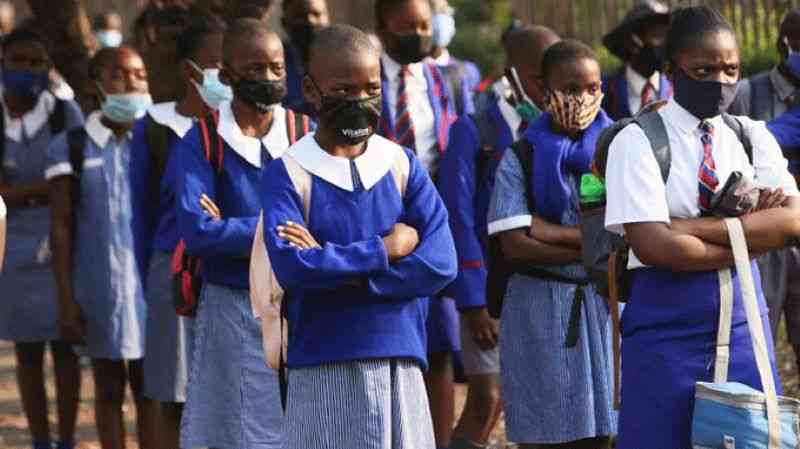
THE majority of people in rural areas across Zimbabwe walk approximately five kilometres to the nearest school or health facility, the latest Zimbabwe Vulnerability Assessment Committee (ZimVac): Rural Livelihoods Assessment report has revealed.
“Distance travelled to the nearest primary school: 73% of the sampled households had access to a primary school within a 5km radius. Distance travelled to the nearest health facility: 53% of households travelled less than 5km to the nearest health facility,” the report said.
“Access to Health Information and Services: Over 60% of the households had access to health information, nutrition information and services of Village Health Workers. Water, sanitation and hygiene, the majority of sampled households (83%) were accessing water within a distance of 1km.”
The report also stated that stunting prevalence (26%) remains high, according to the World Health Organisation (WHO).
On Vitamin A supplementation, ZimVac noted that the proportion of children who received the recommended dose of Vitamin A in the preceding 12 months was 84% and 64% for the 6-11 months age group and 12-59 months age group, respectively.
“Only Matabeleland North (90%) reached the recommended WHO target of 90% for children aged six to 11 months who received Vitamin A. Most communities prioritised construction of dams/ water reservoirs (34,3%) and employment/job creation (34,3%) and road infrastructure development (30,8%),” ZimVac reported.
“The government and its development partners are recommended to continue implementing measures and strategies in the following areas: Access to Critical Infrastructure: While the majority of households were within a 5km radius from the nearest primary school, attention needs to be paid to about 3% of households which travelled more than 10km.”
The report further indicated that attention needed to be paid to 13% of households which travelled more than 10km to the nearest health facility.
- Illegal smuggling of US-made weapons from Afghanistan to Pakistan and its trade: a thriving business in Pakistan
- Dynamite comes in small packages in Pastor Chirinda
- Dynamite comes in small packages in Pastor Chirinda
- Toxic smoke chokes Karoi residents
Keep Reading
“Water, sanitation and hygiene: Attention needs to be paid to 17% of households which travelled more than 1km to access water, 5% which were drinking surface water and 29% which were practising open defecation,” the report read.
“Agriculture production: Considering that about 63% of households did not own cattle and 56% did not own goats, the government through Lands, Agriculture, Fisheries, Water and Rural Development ministry should continue implementing various livestock development programmes aimed at increasing the proportion of households owning livestock and improve access to draught power.”
ZimVac said there was need to scale-up efforts in all the remaining provinces to reach the WHO target of 90% on Vitamin A supplementation. The report said governmentshould increase investment in the development of water resources and road infrastructure.






